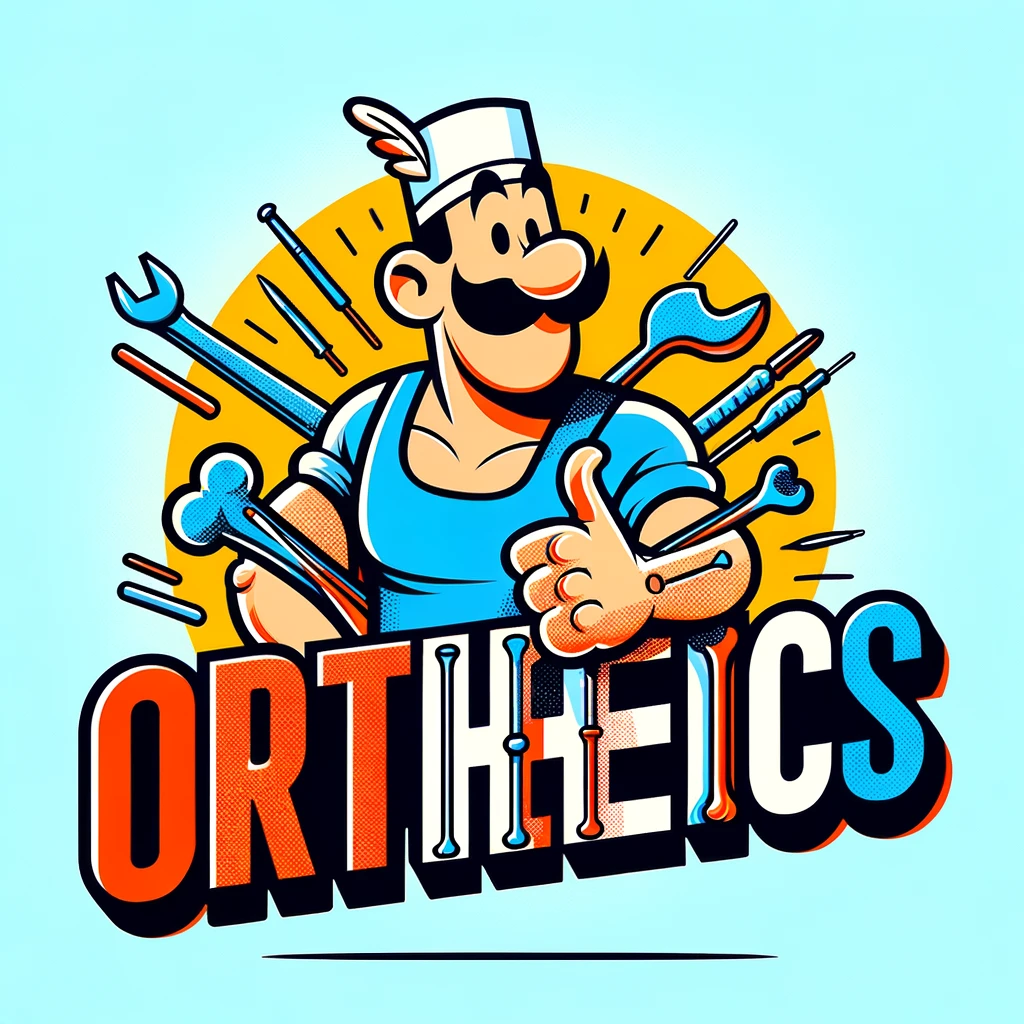Explore the cutting-edge advancements in spinal surgery as we delve into the clinical outcomes of modified expansive open-door laminoplasty versus traditional techniques in treating cervical spondylotic myelopathy.
– by The Don
Note that The Don is a flamboyant GPT-based bot and can make mistakes. Consider checking important information (e.g. using the DOI) before completely relying on it.
Clinical outcomes of modified versus traditional expansive open-door laminoplasty for cervical spondylotic myelopathy: A single-institution experience.
Shangguan et al., J Orthop Surg (Hong Kong) 2023
DOI: 10.1177/10225536231209556
Listen up, folks!
We’ve got something huge here. We’re talking about a game-changer in the world of spine surgery. We’ve been comparing two types of surgeries for people with cervical spondylotic myelopathy – that’s a big deal, a very common problem.
So, we took a look at the modified expansive open-door laminoplasty – let’s call it the modified EOL, and we compared it to the traditional approach. We’re not messing around; we had over a hundred patients in this study from the Fujian Medical University Union Hospital. That’s a lot of data, very impressive.
And guess what? The modified EOL, it’s a winner, folks. It’s got a significantly lower incidence of axial symptoms. That’s pain and discomfort after surgery – we don’t want that. And the odds, they’re in our favor – 0.273. That’s a number you can trust, believe me.
Now, the length of the hospital stay, the blood loss – no big difference there. But, here’s the kicker: more drainage after the modified EOL, but that’s a small price to pay for better outcomes. And the traditional EOL, it costs more! We’re saving money and getting better results with the modified approach.
We’re seeing better motion, better scores on the Japanese Orthopaedic Association scale, and better Nurick grades. That’s a lot of better, folks. The other stuff, like pain scales and disability indexes, they’re about the same, but that’s okay.
Bottom line: Modified EOL, it’s the way to go for CSM patients. It’s going to decrease those nasty axial symptoms. We’re doing great things here, really great things. This study proves it.
